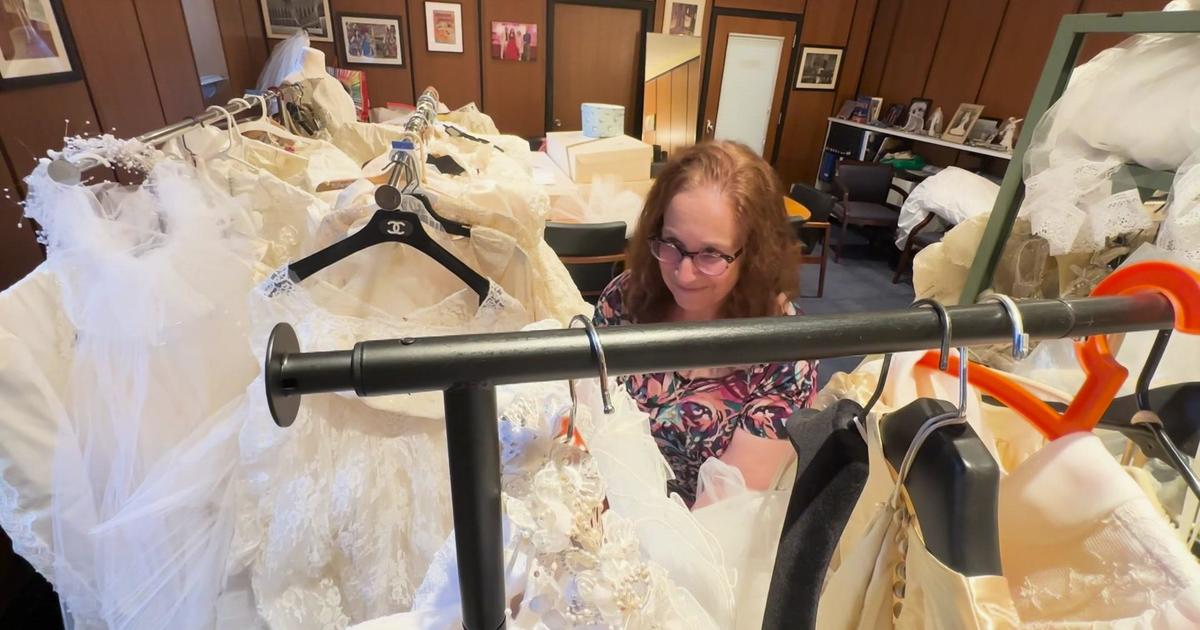Study Points To Prehistoric Social Networks For Relationships
NEW YORK (CBSNewYork) -- About 34,000 years before Tinder, OKCupid and Match.com, prehistoric humans had social networks of their own to find new people for relationships, according to a recent scientific report.
Scientists studying remains found buried together in Russia discovered none of the bodies were closely genetically related, suggesting the ancient humans went out of their way to meet and mate with people from larger groups of a diverse families.
"What this means is that even people in the Upper Paleolithic, who were living in tiny groups, understood the importance of avoiding inbreeding," said professor Eske Willerslev in a press release about the paper published this month in the journal Science.
"This means that they must have developed a system for this purpose," he said. "If small hunter–gatherer bands were mixing at random, we would see much greater evidence of inbreeding than we have here."
The findings come from an Upper Palaeolithic burial site in Sunghir, Russia, where early modern humans migrated from Northern Africa. According to the paper, the people at Sunghir "may have been part of a network similar to that of modern day hunter-gatherers, such as Aboriginal Australians and some historical Native American societies."
The adults and children found were no closer than second cousins or great-grandparents, the study found.
By comparison, 50,000-year-old Neanderthal remains found at in mountains along the Russia-China-Kazakhstan border showed strong evidence of inbreeding among smaller family groups. Neanderthals disappeared about 40,000 years ago while the modern human genetic line continued into the current day.
The Sunghir work behind the paper "Ancient Genomes Show Social and Reproductive Behavior of Early Upper Paleolithic Foragers" was done by researchers from the University of Cambridge and the University of Copenhagen.



